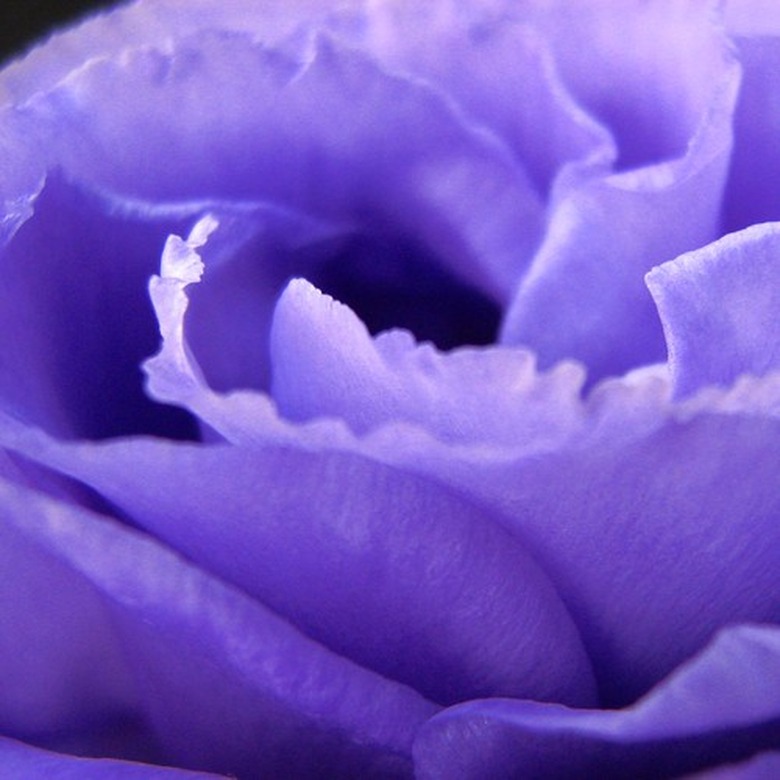About Lavender Roses
Lavender roses are quite rare when compared to the more common red, pink and yellow varieties of the flower. Because of this, the light-purple petals of these blooms are often prized for their unique beauty. Lavender roses are fairly easy to grow and maintain in a home garden and generally have a sweet scent.
Significance
Historically, lavender roses have been used to symbolize love at first sight and enchantment with another person. Because they are purple, they also often stand for royalty. Lavender roses have been linked to the mythical blue rose, a fabled symbol for the mysterious and unattainable because blue roses don't actually exist in nature. Because lavender roses are the closest in color to blue roses, they have also grown to represent wonder and impossibility. Lavender roses are most frequently presented as a gift early in a relationship.
- Lavender roses are quite rare when compared to the more common red, pink and yellow varieties of the flower.
- Because lavender roses are the closest in color to blue roses, they have also grown to represent wonder and impossibility.
Size
Lavender roses come in many different sizes. They range from bushes containing miniature blooms to plants that produce single, long-stemmed varieties. Because of this, lavender roses are appropriate both for growing in gardens and cultivating for bouquets.
Varieties
Most types of lavender roses are hybrid varieties, and because of this there are many to choose from that have been cultivated for a specific purpose. The many varieties of lavender roses range in color from deep pinkish-purple to light mauve. Some types, such as "Fragrant Plum" and "Neptune," are grown mainly for their sweet fragrance and large blossoms. Others, like "Barbra Streisand," have long, thick stems and are cultivated mainly for bouquets. The "Distant Drums" variety is incredibly hardy, and "Silver Star" is disease-resistant.
- Lavender roses come in many different sizes.
- Because of this, lavender roses are appropriate both for growing in gardens and cultivating for bouquets.
Care
Lavender roses require essentially the same care as other types of roses. Lavender rose bushes should be watered frequently (at least three times a week). Water them slowly, soaking the soil, and avoid splashing the leaves and blooms. Lavender roses should also be surrounded by a generous blanket of mulch and treated to fertilizer after they bloom.
Considerations
Many varieties of lavender roses are too delicate to survive the harsh temperatures of northern climates. If you live in an area that gets cold, wet weather for at least half of the year, speak to an expert at your garden center to determine the best type of lavender roses to plant. Some hybrids are specifically formulated for less-than-ideal conditions.
- Lavender roses require essentially the same care as other types of roses.
- Many varieties of lavender roses are too delicate to survive the harsh temperatures of northern climates.
References
- ProFlowers.com
- "Gardening Basics for Dummies"; Steven A. Frowine; 2007
